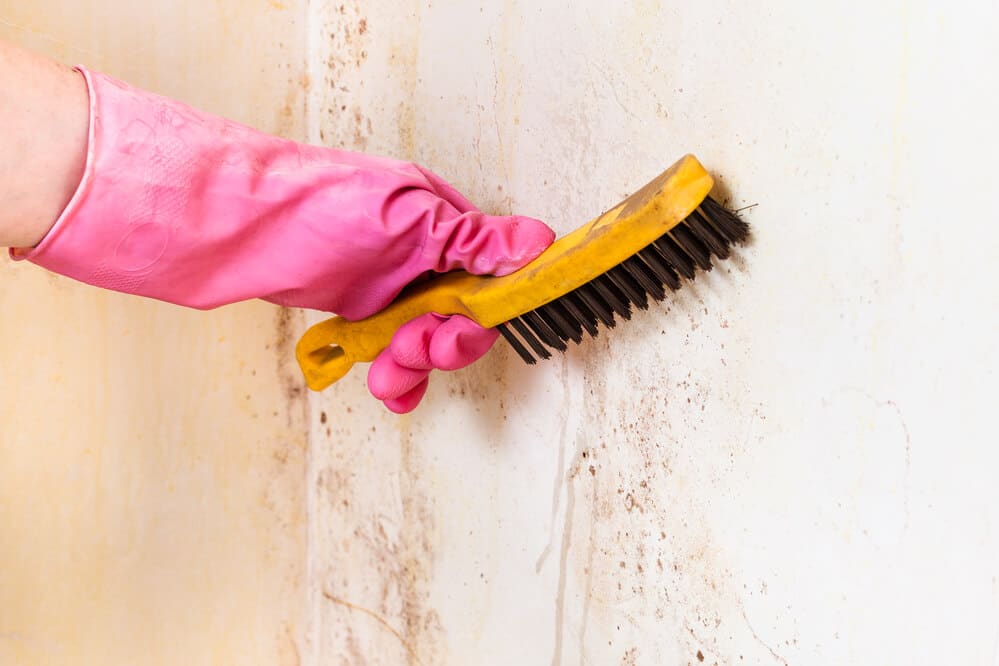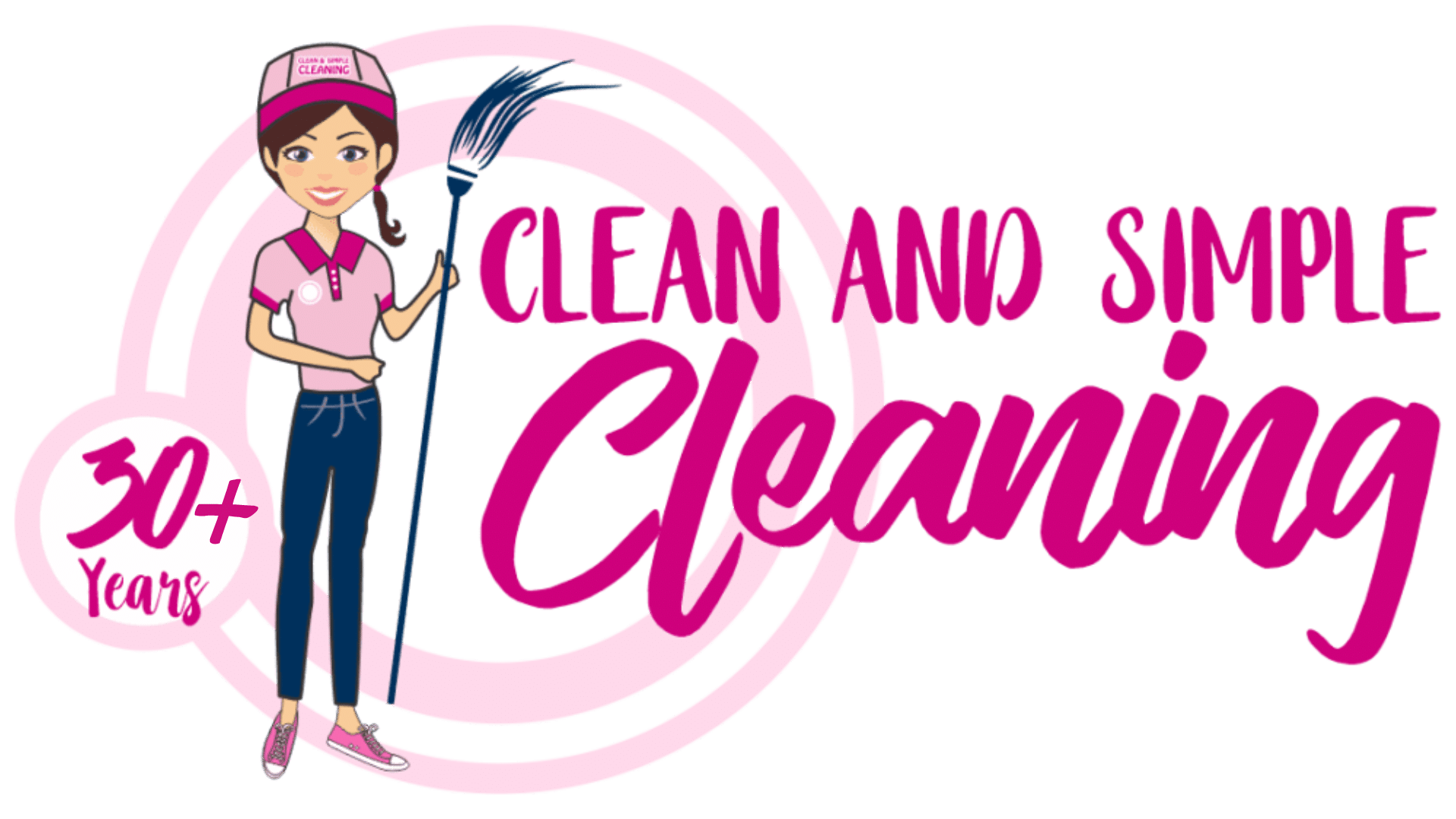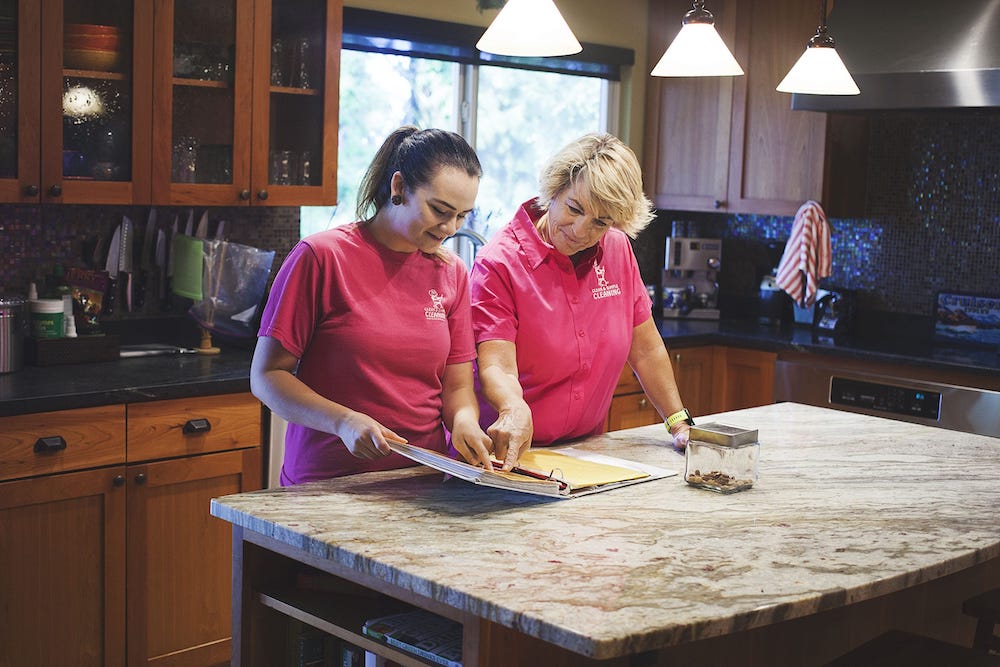It’s unsightly, smells, and can make you sick. Mold is the last thing you want to find in your Seattle home. If caught quickly, however, it should be easy to remove by yourself. No matter where you find mold in your home, there are safe, effective ways to remove it from a variety of household materials and to prevent it from coming back.
All you need are some basic household supplies and a general understanding of what mold is and what kills mold to get your house back to its original mold-free condition.
What Is Mold?
First of all, what is this nasty household infestation called mold? Mold is a fungus made up of minuscule living organisms that thrive in moist environments like your damp bathroom or basement. Mold and its spores are everywhere. There are over 100,000 types of mold, and every homeowner finds at least one type in their home at some point.
Many types of mold are harmless, even useful–others are dangerous. Either way, you don’t want it in your home. Mold breaks down matter, triggers allergies, and can make people sick. It also looks like soil build-up.
Because mold is a living organism, the best methods for getting rid of it involve killing and removing the mold; otherwise, it will come back quickly. As long as household mold is contained to a small area, you should be able to do this yourself.
What Kills Mold: Bleach vs Vinegar
Uh oh, you found mold. What do you do? Most homeowners’ response is to douse it in bleach or another cleaning chemical. Unfortunately, while these cleaners are toxic to you and your family, they don’t do much to mold. The real mold killer is vinegar.
How does vinegar kill mold when harsh chemicals can’t? Well, bleach can clean off surface mold, but its chemical structure prevents it from permeating porous materials where mold spores have dug in deep and built a protective membrane. It just can’t get to the root of the problem.
Vinegar, on the other hand, can penetrate porous materials and attack the mold membrane with its acidity, effectively killing the entire mold colony so no surviving spores can reproduce and grow back. Bleach might clean a moldy surface temporarily, but vinegar can wipe it out completely.
How to Get Rid of Mold with Vinegar and Other All-natural Solutions
So now that you know bleach doesn’t work, you’re probably wondering how to get rid of mold with vinegar and if that’s the only solution.
Good questions! Vinegar is very easy to use on mold, and there are other equally easy and effective non-toxic mold killers you can try as well. Here are the best all-natural ways to get rid of mold in your Seattle home:
Vinegar: Simply put some vinegar in a spray bottle and generously spray the moldy surface. Let the vinegar sit for at least an hour while it works its magic. Finally, wipe the area with water and a cloth or paper towels and let air dry. That’s it!
Hydrogen peroxide: Hydrogen peroxide is an antifungal that works similarly to vinegar on hard surfaces. Pour 3% concentration hydrogen peroxide into a spray bottle, soak the moldy surface, and let it sit for 10 minutes. Scrub off the mold and wipe everything down to remove any residue.
Baking soda: This mild ingredient has the right pH to effectively kill mold without being dangerous to pets and people. Just mix a quarter of a tablespoon of baking soda in a spray bottle of water and spray the moldy area. Scrub the area and rinse with water. Then spray the area again and let it dry. If any residue remains, wipe it off with a damp cloth.
Tea tree oil: You may not have this in your cupboard, but you can find tea tree oil at health food stores or online. It is a very effective fungicide that can be used to kill mold. Mix two teaspoons of tea tree oil with two cups of water in a spray bottle. Spray the mold and let it sit for 24 hours. Clean off the dead mold.

When to Call the Professionals
Most mold infestations Seattle residents experience are minor enough to handle yourself with the above solutions. Some die-hard DIY-ers can even tackle larger infestations themselves if they take appropriate precautions. However, some mold problems do require the experts.
The United States Environmental Protection Agency offers some guidelines for when mold is too dangerous to remove yourself. They discourage homeowners from attempting mold removal if the affected area is larger than 10 square feet. You should also not attempt major mold removal if you do not have the proper protective gear or fumigation equipment. If you are not confident in your skills of recognizing mold, repairing mold damage, or safely removing mold, do not try to do it yourself.
How to Prevent Mold
After removing mold, you may wonder how to prevent it from coming back. Remember, mold loves damp surfaces, so controlling moisture and humidity in your home is key. You can do this with proper ventilation in steamy rooms or around appliances that produce moisture. Fix leaky plumbing or other places where water seeps into your home, like foundation cracks.
You should also avoid letting water collect and stand. Redirect rainwater away from your foundation, clean and repair roof gutters, and dry spills or flooding immediately. Use a dehumidifier and fans to dry wet spots. Launder wet clothing and bedding immediately. The fewer wet surfaces in your Seattle home, the less attractive it will be to mold spores.
Luckily, most mold can be managed by keeping a clean house. Having a clean house has never been easier for Seattle families who hire the expert cleaning services of Clean and Simple. Our highly rated services discourage mold and catch those occasional infestations while they’re still small.
If you want to have a perfectly clean and mold-free Seattle home week after week, get started today with a free quote from Clean and Simple!






